What should mathematics majors know about computing, and when should they know it?
Robert Talbert, Ph.D.
FEBRUARY 10, 2023
My students are using Geogebra , Wolfram|Alpha , and Excel every week in Calculus; LaTeX in my proof-oriented classes; Mathematica in my linear algebra and Calculus 3 classes; and so on. This is mostly calculus, linear algebra, and differential equations. Instead, bring it in and teach students how to use it well.


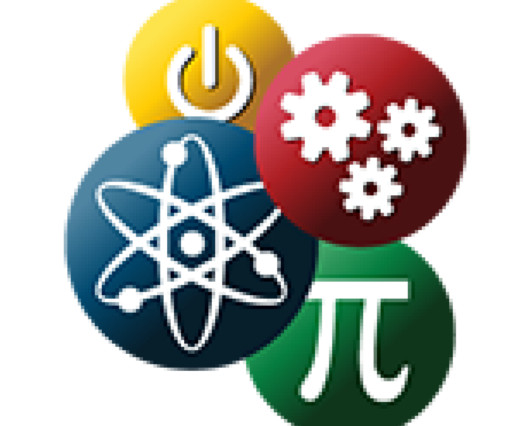
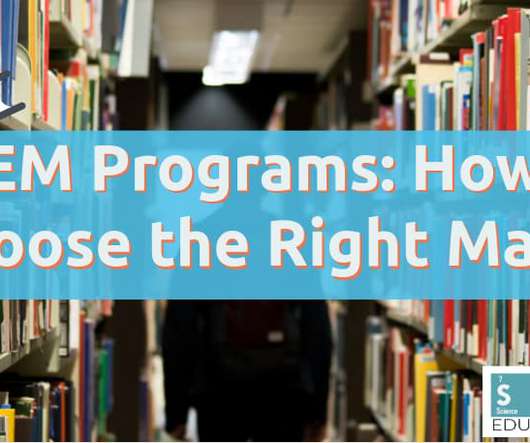
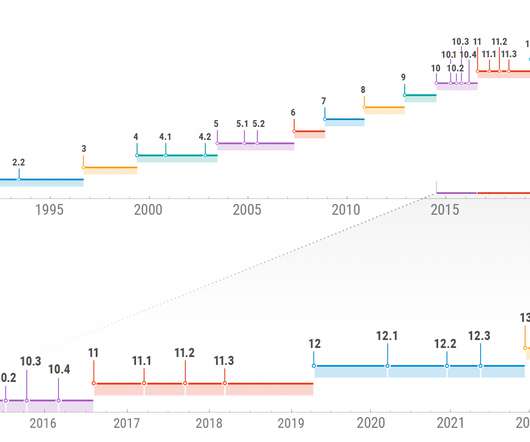
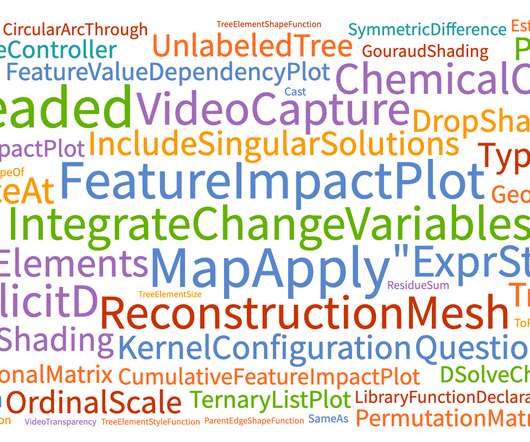

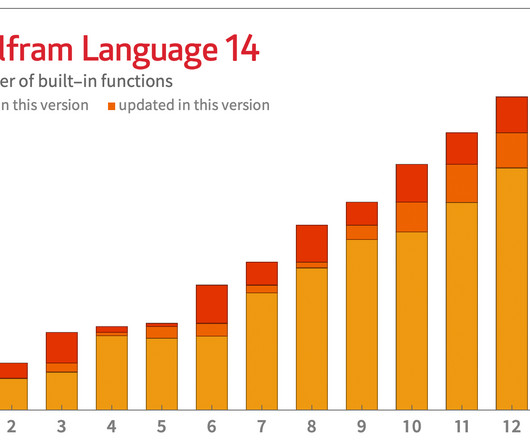
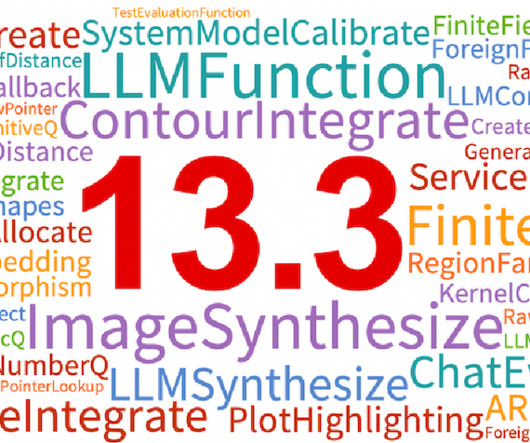
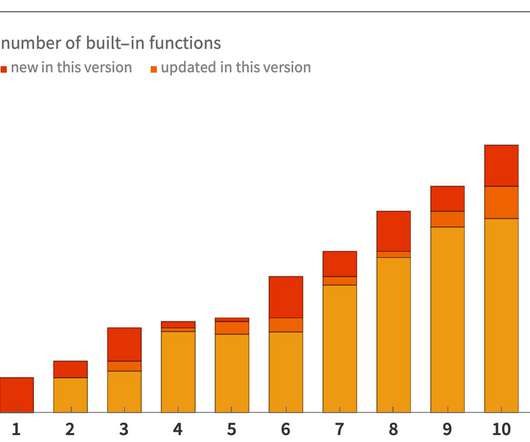






Let's personalize your content